The former machine house of the “Aktienbrauerei zum Feldschlösschen” is located in Budapester Straße. Here you can not only drink the beer of the Dresden brewery, but also enjoy good hearty food.
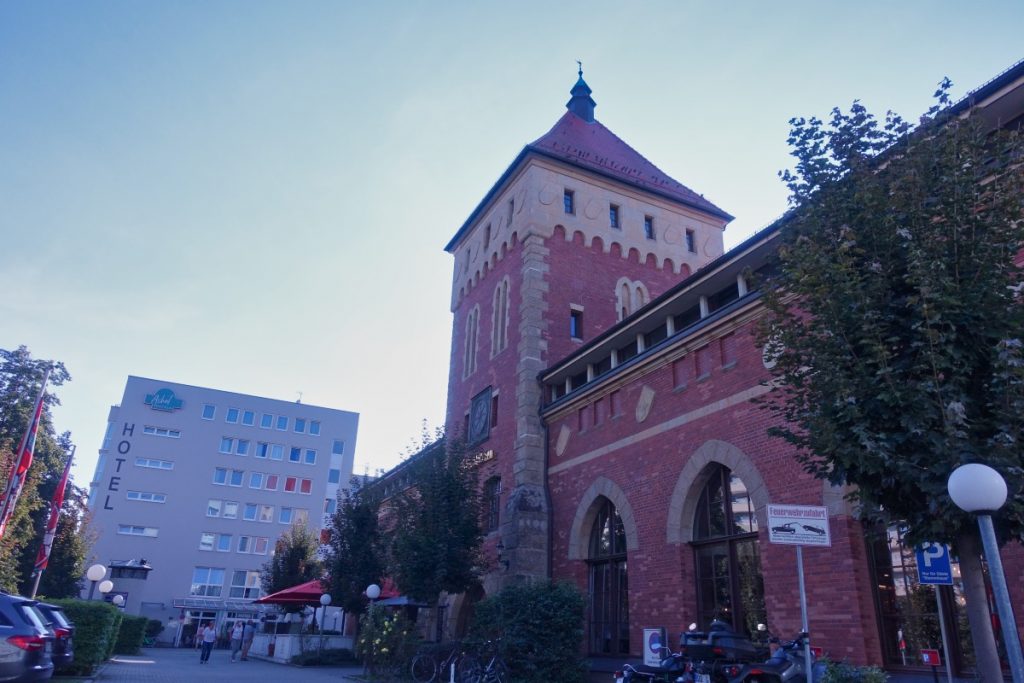
Feldschlößchen Brewery
Elector Johann Georg I allowed Anna Nehlin’s farm to serve beer and wine to strangers in 1644. About 40 years later, Dietrich von Bosse bought the farm at the foot of the Hahneberg and built the little castle in the field. He too received permission to serve beer and wine. After another change of ownership, the Feldschlößchen developed into a popular place for outings around 1730. Here people danced, bowled and enjoyed beer in a summer garden.
The Feldschlößchen was destroyed during the Battle of Dresden in 1813.
After the house was rebuilt and later when a new tenant was found in the Bavarian Albert Leonhard Meisl, who continued to run the excursion pub, a lager brewery was established on the premises on Budapester Straße. His sons converted the business into a public limited company and later sold it.
The brewery developed into one of the largest beer producers in Saxony. At the end of the 19th century, it joined forces with the Radebacher Exportbierbrauerei to form a community of interest and finally merged in 1920. Over the years, the excursion pub “Zum Feldschlößchen” remained.
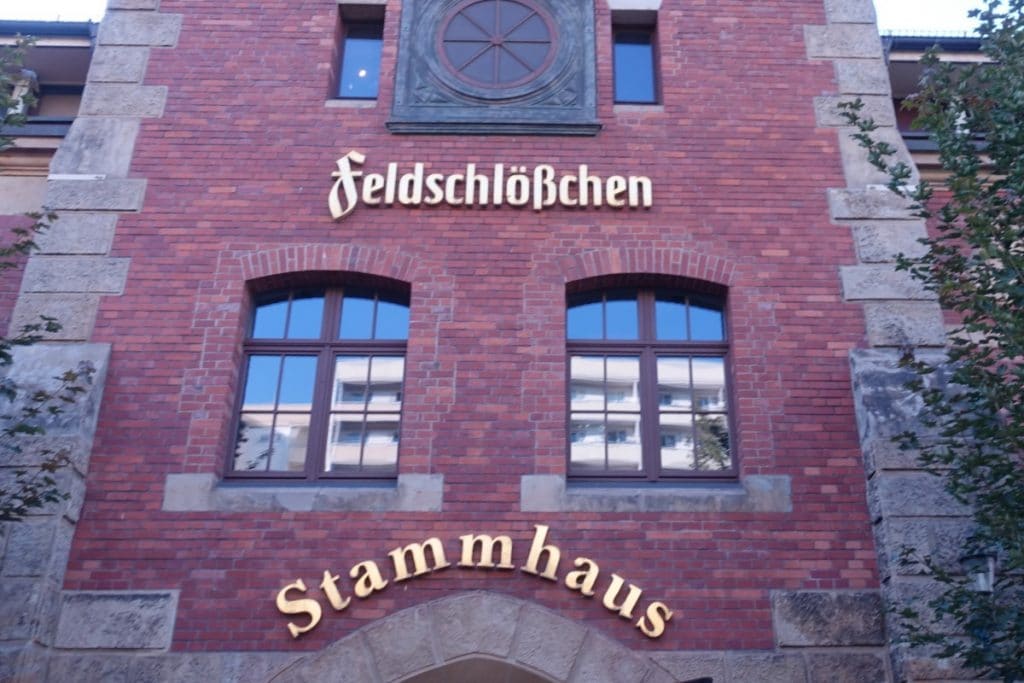
In 1960, the brewery merged with other breweries in Dresden to form VEB Dresdner Brauereien. The brewery produced “Feldschlößchen-Pilsner”, draught beer and other non-alcoholic beverages. The production site was moved to Coschwitz and all the buildings were demolished except for the former machine house.
After 1990 and the political changes, there were several changes of ownership and currently the brand belongs to a larger holding company. On the old brewery site, the machine house was renovated to become the Feldschlößchen Stammhaus, and since 1998 guests have been able to enjoy Feldschlößchen beer there.
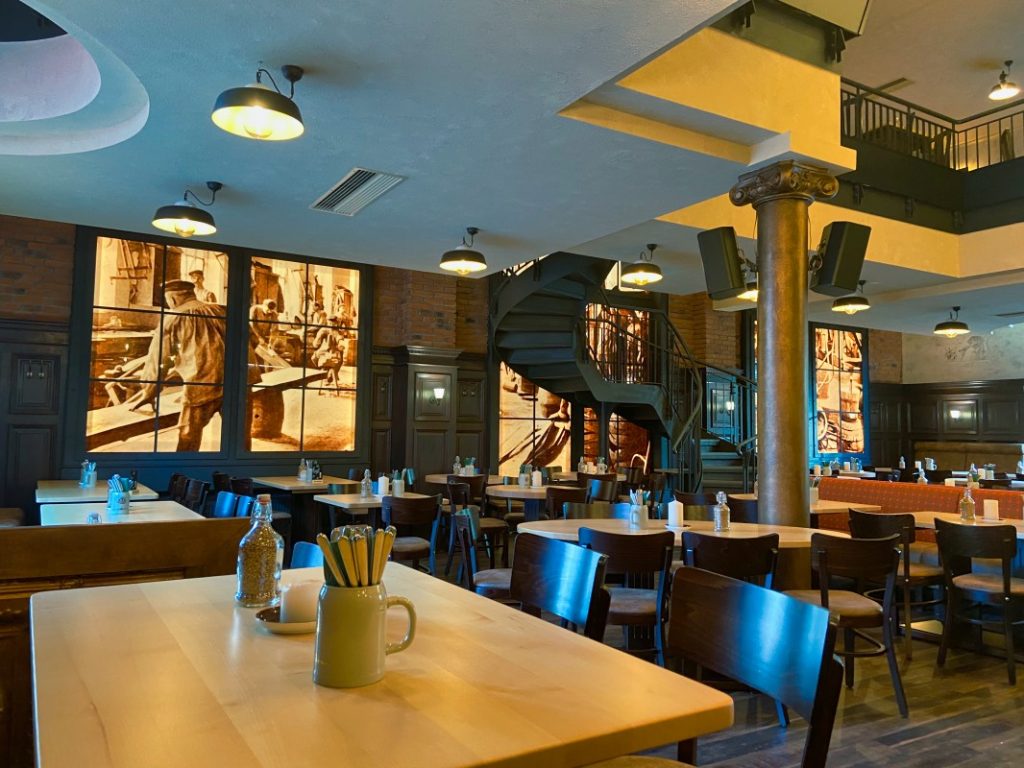
Visit to the Feldschlößchen Stammhaus
The Feldschlößchen Stammhaus on Budapester Straße is now a popular brewery and pub. Here you can sit in a quiet beer garden in a courtyard surrounded by office buildings or take a seat in the cosy interior. If you come as a larger group, you should reserve a table if possible. During our visit, the beer garden was already completely occupied in the very early afternoon and we took our seats in the brewery.
First we chose the food. Patrick chose the typical food in a brewery, the knuckle of pork. I chose the Steiger wild boar goulash with red cabbage and Bohemian dumplings.
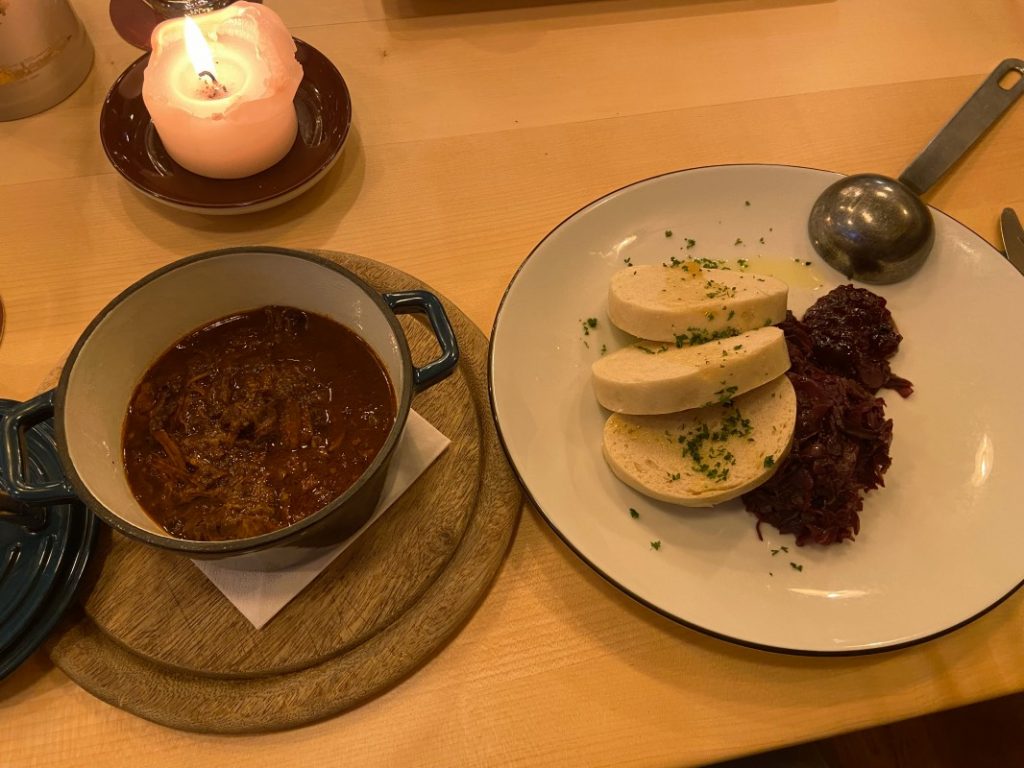
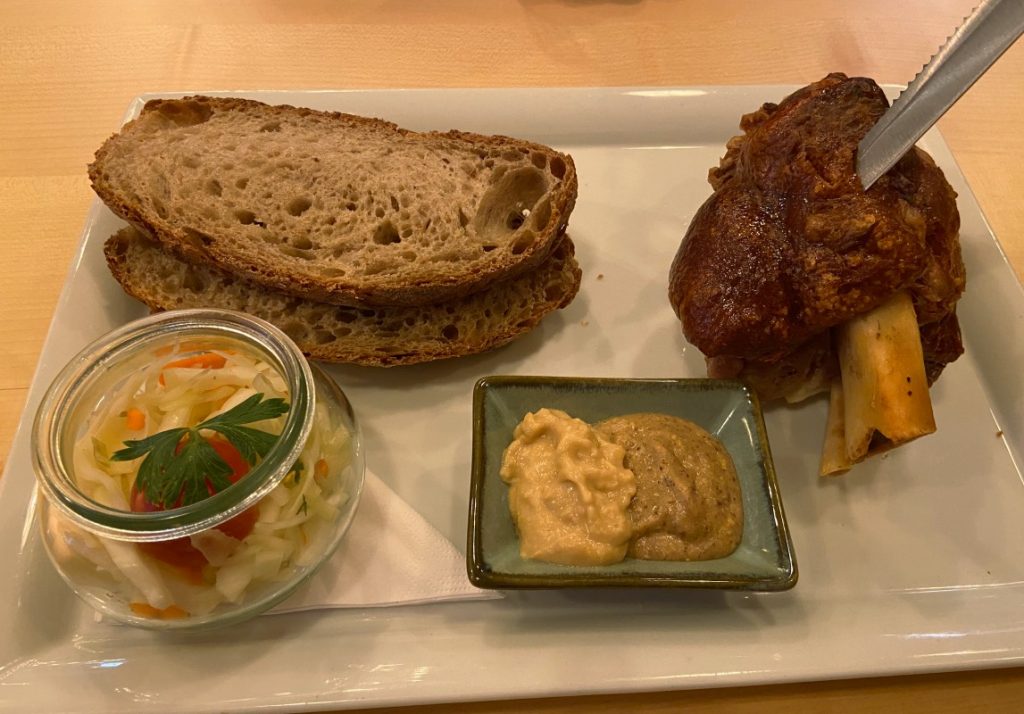
My goulash was really excellently tender and juicy and I also liked the dumplings very much. The red cabbage was a bit too tasteless and too softly cooked for me. However, I always compare it with our homemade (fermented) red cabbage, which is crunchy and simply still tastes like cabbage.
The knuckle of pork was tender and tasted very good.
After we had decided on our food preferences, it was time to choose our beers. The Feldschlößchen Stammhaus offers a fixed range of beers and some seasonal products. In addition, there are some beers from other regional breweries, such as the black beer “Schwarzer Steiger” from the Freital brewery, which was also used to cook my goulash.
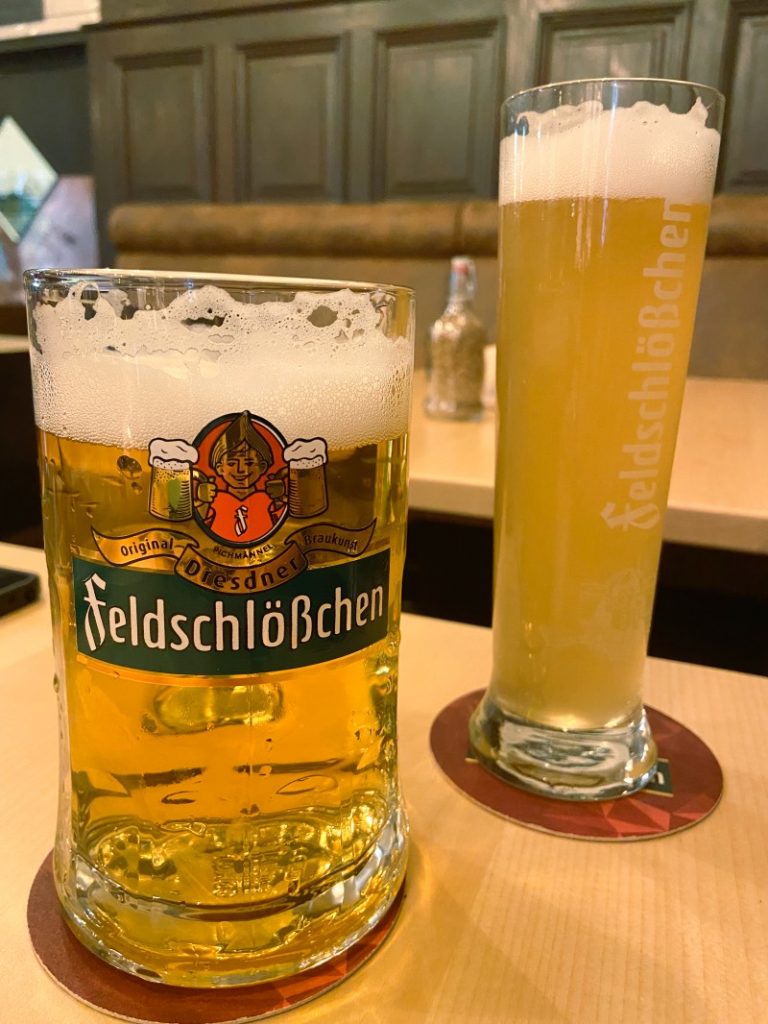
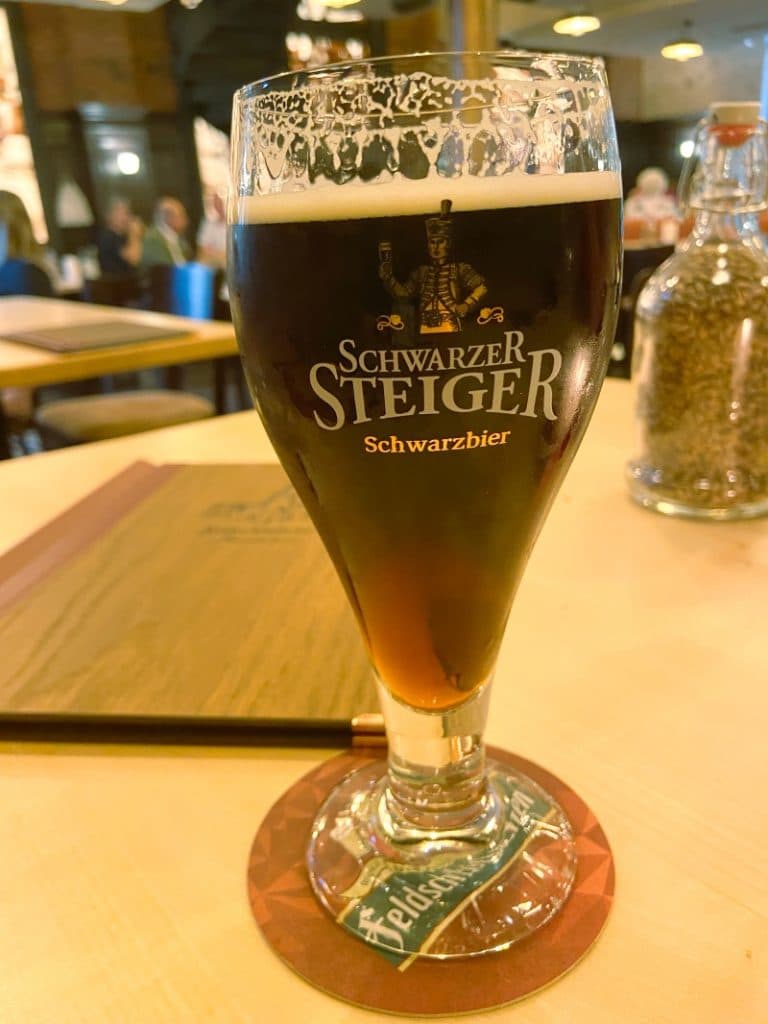
Dresdner Felsenkeller Urhell is a golden yellow bottom-fermented full beer that tastes only slightly of malt and hops. I found it not too bitter and you can taste a slightly fruity note. The alcohol content of the beer is 4.9%.
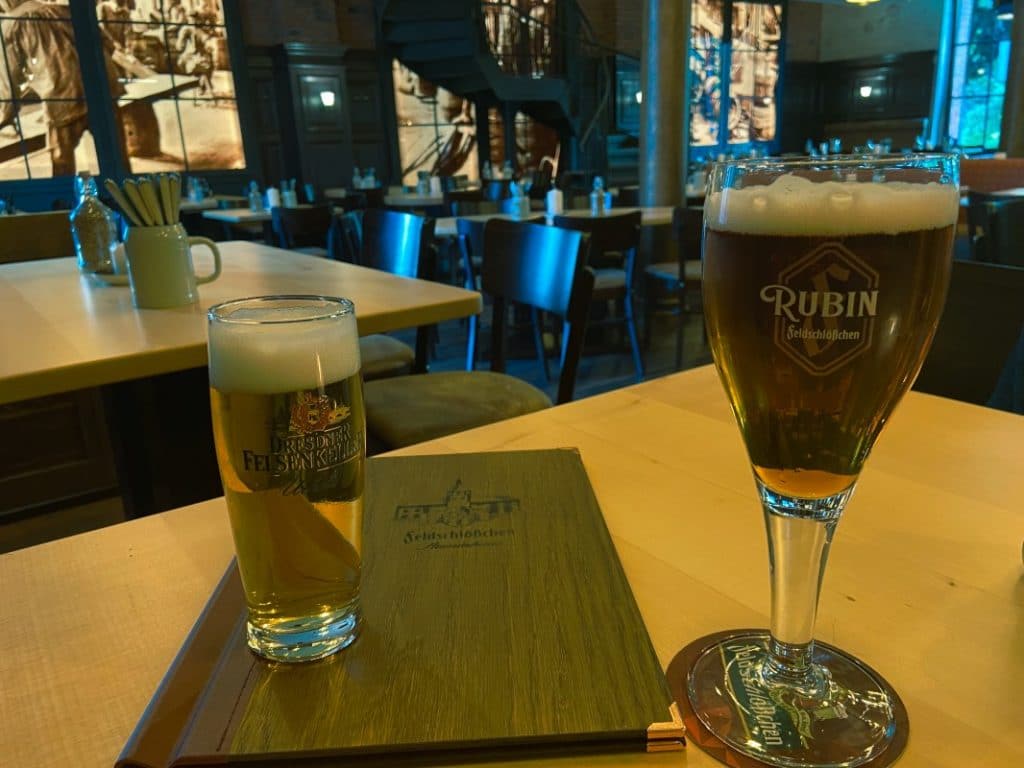
The Feldschlößchen Rubin has a wonderful colour. The beer tastes slightly caramel-like and nutty and is wonderfully drinkable. The alcohol content is 5.5%.
The small Feldschlößchen Pilsner is characterised by a spicy mushroom flavour. It is fresh, hoppy and with an alcohol content of 4.9%, it is one of the classics of the art of brewing.
The Feldschlößchen Kellerbier with its 4.8% alcohol content is slightly naturally cloudy. I liked the full-bodied taste best next to the Feldschlößchen Rubin.
Address:
Budapester Str. 32,
01069 Dresden
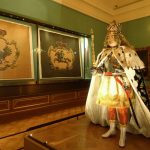
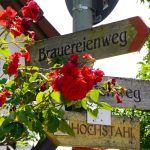
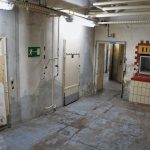
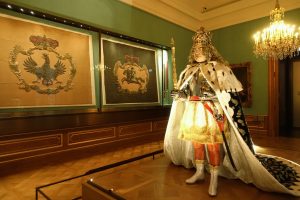
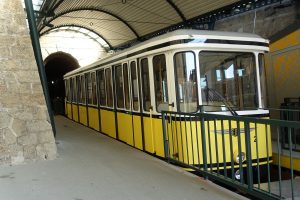
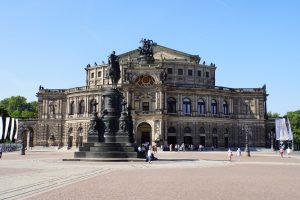
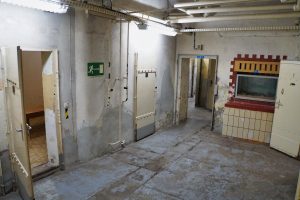
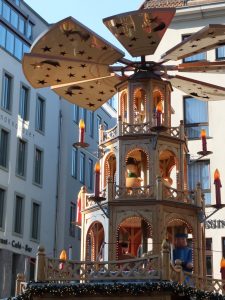
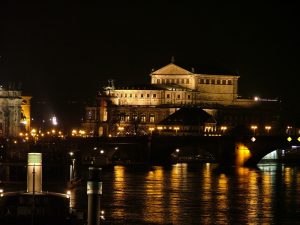
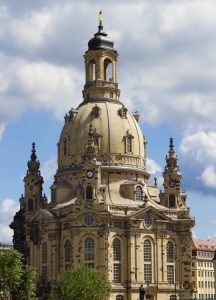
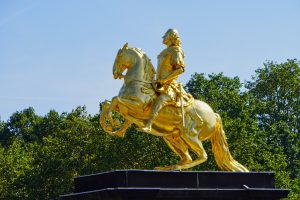
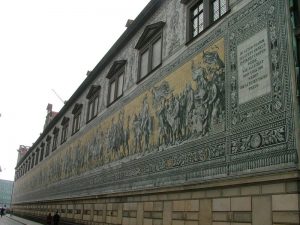
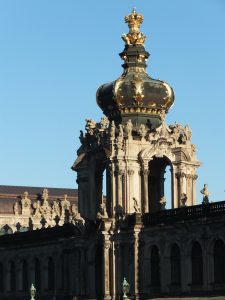
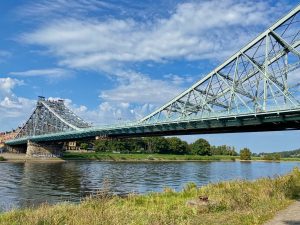
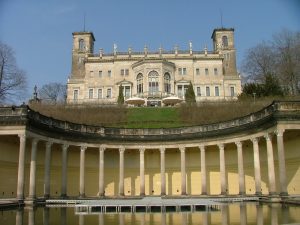
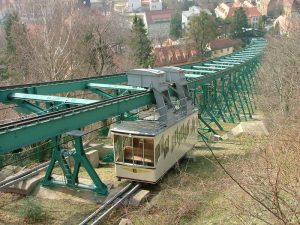
Leave a Reply